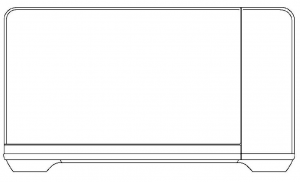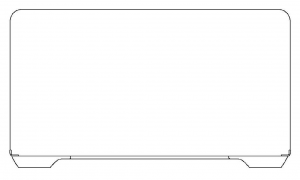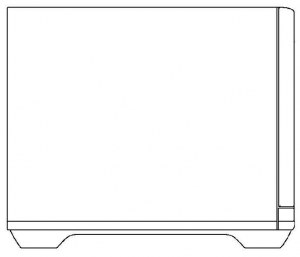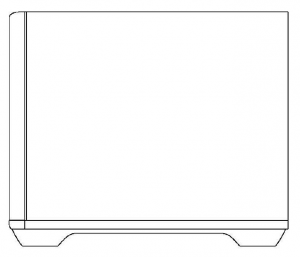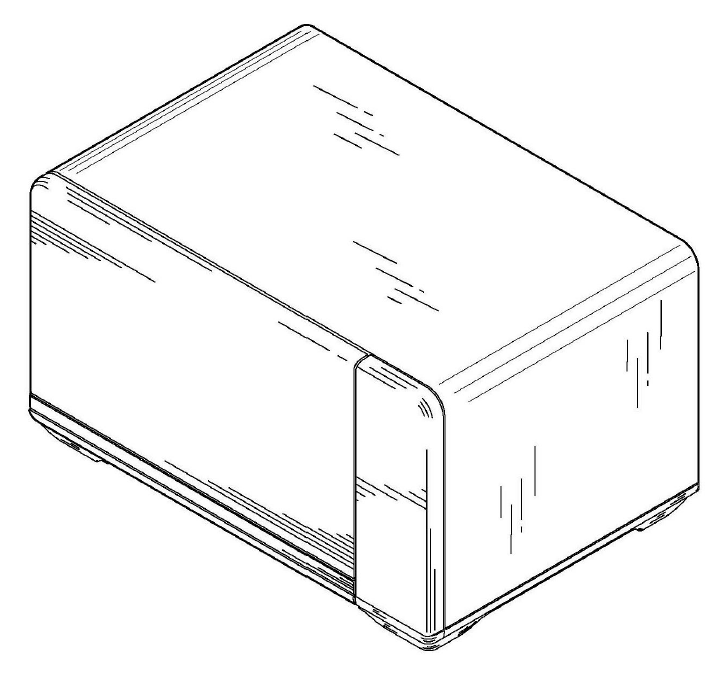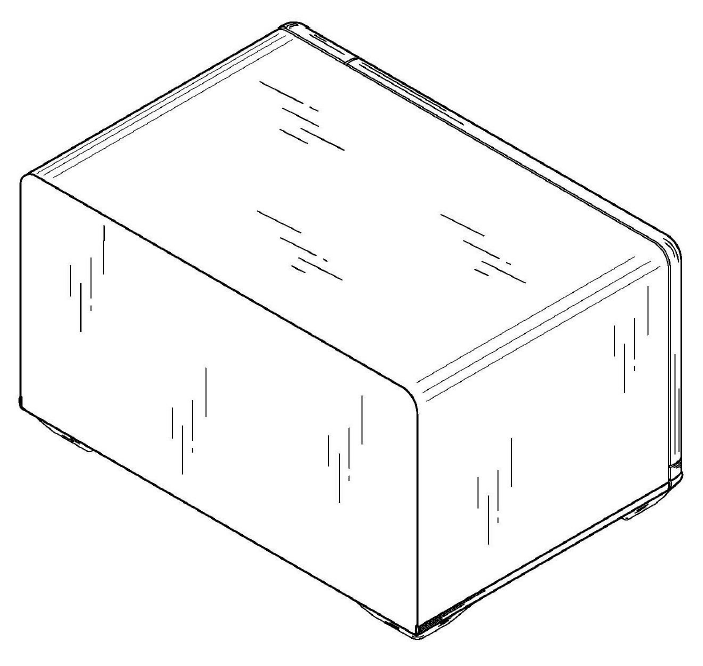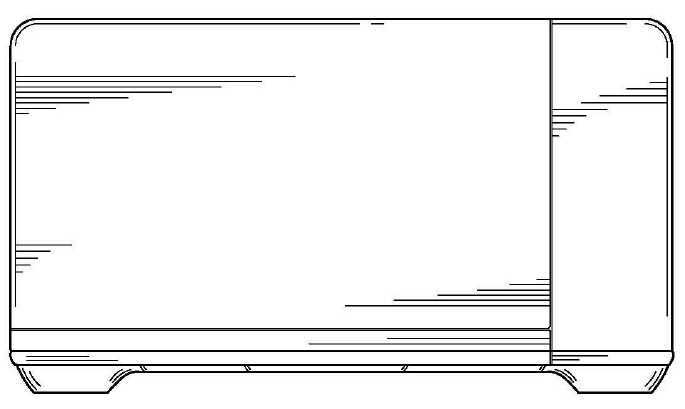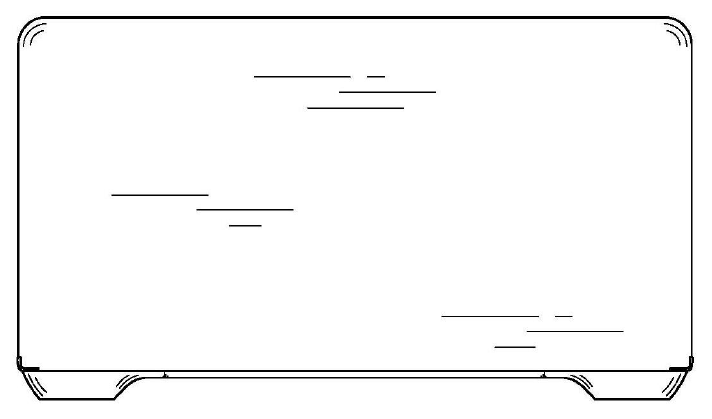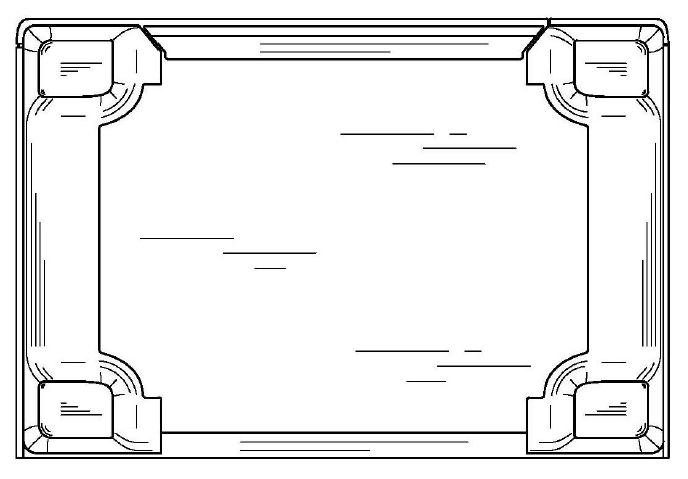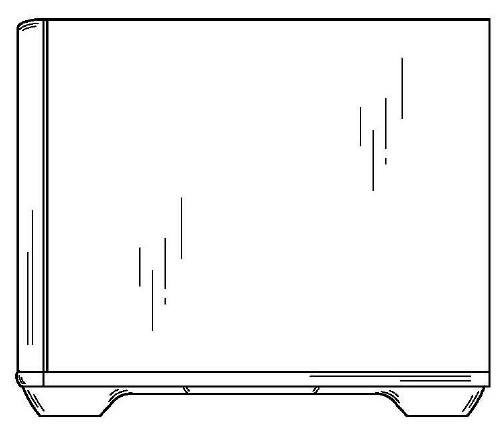Our team of designs specialists has written extensively about filing strategies concerning registered designs in Australia over the years. See, for example: Australian Designs Law – Key features to keep in mind when registering your design, Broken Lines – Australian Design Registrations, and Ensuring valid protection of your design in Australia. When assisting both local and foreign clients in developing a strategy for design protection, we are often asked how the Australian designs system differs from the systems of various overseas jurisdictions. In this article, we will provide a brief summary of the main considerations and preferred practices for preparing design drawings in anticipation of a global filing program. We will focus on the following key jurisdictions:
- Australia;
- China;
- Europe; and
- United States of America (USA).
For more information and guidance on other jurisdictions, or advice on other aspects of design protection, please contact one of our friendly designs experts here.
Australia
Maximum number of views: None, although all drawing views must be consistent in showing the same product.1
Multiple embodiments in one design application: Possible,2 but has the same effect as filing several separate single design applications. See our earlier article here.
Broken / dashed lines permitted: Yes, although it is not possible to explicitly “disclaim” certain features of the product shown in the representations from design protection by showing those features in broken/dashed lines. See our earlier article here.
Surface shading / contouring permitted: Yes.3
Photographs or colour drawings permitted: Yes, provided that the product is shown against a plain and contrasting background.4
Preferred drawings format: Black and white line drawings.
An example of a preferred set of drawings for an Australian design application for a microwave oven design is shown below.5 Note the consistency between all drawing views.
|
Front Perspective View |
Rear Perspective View |
|
Front View |
Rear View |
|
Top View |
Bottom View |
|
Left Side View |
Right Side View |
China
Maximum number of views: None.6
Multiple embodiments in one design application: Yes, provided that they are similar designs of the same product, or products that belong to the same Locarno class.7
Broken/dashed lines permitted: No.8
Surface shading / contouring permitted: No.9
Photographs or colour drawings permitted: Yes, provided that the photographs have a plain background, and no other “contents” apart from the product is shown.10
Preferred drawings format: Black and white line drawings with no disconnected lines.
The above example of a preferred set of drawings for the microwave oven design may also be used in a corresponding Chinese design application, although care should be taken to either remove or completely connect any disconnected lines (e.g. lines indicating an apex of a curved surface).
Europe
Maximum number of views: Seven.11
Multiple embodiments in one design application: Yes, provided that they belong to the same Locarno class.12
Broken/dashed lines permitted: Yes.13
Surface shading / contouring permitted: Yes.
Photographs permitted: Yes, provided that the views are consistent, and the product is shown against a neutral background.14
Preferred drawings format: Black and white line drawings.
The above example of a preferred set of drawings for the microwave oven design may also be used in a corresponding European community design application
USA
Maximum number of views: None.
Multiple embodiments in one design application: Yes.
Broken/dashed lines permitted: Yes.
Surface shading / contouring permitted: Yes. Appropriate surface shading is a requirement for certain designs.15
Photographs permitted: Yes, but only after the grant of a petition explaining why the photographs are necessary.16
Preferred drawings format: Black and white line drawings with surface shading indicating surface contours of any 3D aspects of the design. The above example of a preferred set of drawings for the microwave oven design may also be used in a corresponding United States design patent application. However, according to preferred practice, the drawings should include surface shading, as shown in the example below:
|
Front Perspective View |
Rear Perspective View |
|
Front View |
Rear View |
|
Top View |
Bottom View |
|
Left Side View |
Right Side View |
Key Takeaways
If you intend on obtaining design protection for your product in multiple jurisdictions, it is important to adopt a holistic view early on in the process by considering the various requirements in each of the jurisdictions, and have the design drawings for the priority application prepared with these considerations in mind.
Prior to filing any design application, you should be able to very clearly identify the new visual features of your design, the essential and non-essential visual features of the design, and the use and purpose of the design. This will assist your attorneys in determining the most appropriate style of design drawings required to suit your filing strategy, which could ultimately help you to reduce or avoid unnecessary time and costs further down the line.
For example, where an Australian design application is being filed as the priority application, you may wish to consider including multiple design embodiments in the priority application, each directed to a different drawing style (e.g. one embodiment with surface shading according to US preferred practice, one embodiment without surface shading for Australian or European preferred practice, and one embodiment without surface shading and with broken lines removed for Chinese preferred practice). This may help to avoid issues with the priority claim when filing a foreign design application, or at least provide sufficient basis for making amendments to the drawings in the foreign design application.
The above article has been prepared by Registered Australian Patent Attorneys, using the best of our knowledge from day-to-day practice, and from a general point of view. If you would like any further information or guidance on preparing a specific filing strategy in respect of your design, please contact us.
1 IP Australia, Designs Examiners’ Manual of Practice and Procedure, Chapter 14.3(g). <http://manuals.ipaustralia.gov.au/designs/designs_exam_manual.htm>. [11 November 2019].
2 Australian Designs Act 2003 (Cth) s 22.
3 IP Australia, Designs Examiners’ Manual of Practice and Procedure, Chapter 14.5(c). <http://manuals.ipaustralia.gov.au/designs/designs_exam_manual.htm>. [11 November 2019].
4 Ibid., Chapter 14.4.
5 Australian Design Registration No. 201817580.ensur
6 China National Intellectual Property Administration (CNIPA), FAQs on Chinese Design System. <http://english.sipo.gov.cn/patentexamination/referencematerials/970014.htm>. [11 November 2019].
7 China National Intellectual Property Administration (CNIPA), Rules for the Implementation of the Patent Law of the People’s Republic of China, Article 35. <http://english.sipo.gov.cn/laws/lawsregulations/201403/t20140331_925757.html>. [11 November 2019].
8 China National Intellectual Property Administration (CNIPA), Guidelines for Patent Examination (2010), Chapter 3,Section 4.2.2. <http://english.cnipa.gov.cn/docs/20180131104843547234.pdf>. [11 November 2019].
9 Ibid., Section 4.2.4(3).
10 China National Intellectual Property Administration (CNIPA), Rules for the Implementation of the Patent Law of the People’s Republic of China, Article 27. <http://english.sipo.gov.cn/laws/lawsregulations/201403/t20140331_925757.html> and Guidelines for Patent Examination (2010), Section 4.2.3. <http://english.cnipa.gov.cn/docs/20180131104843547234.pdf>. [11 November 2019].
11 European Union Intellectual Property Office (EUIPO), Guidelines for examination of registered Community designs, Section 5.1. <https://guidelines.euipo.europa.eu/1004805/904389/designs-guidelines/>. [11 November 2019].
12 Ibid., Sections 7.2.1 and 7.2.3.1.
13 Ibid., Section 5.3.1.
14 European Union Intellectual Property Office (EUIPO), Design filing tips & best practices. <https://euipo.europa.eu/ohimportal/en/design-filing-tips-best-practices>. [11 November 2019].
15 United States Patent and Trademark Office (USPTO), Design Patent Application Guide – Surface Shading. <https://www.uspto.gov/patents-getting-started/patent-basics/types-patent-applications/design-patent-application-guide#surface>. [11 November 2019].
16 European Union Intellectual Property Office (EUIPO), Design filing tips & best practices. <https://euipo.europa.eu/ohimportal/en/design-filing-tips-best-practices>. [11 November 2019].




